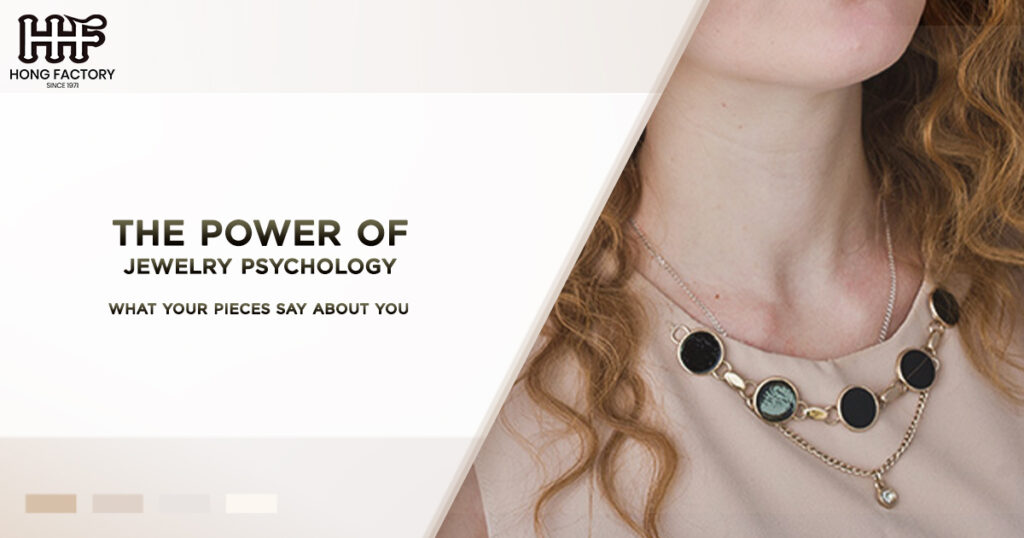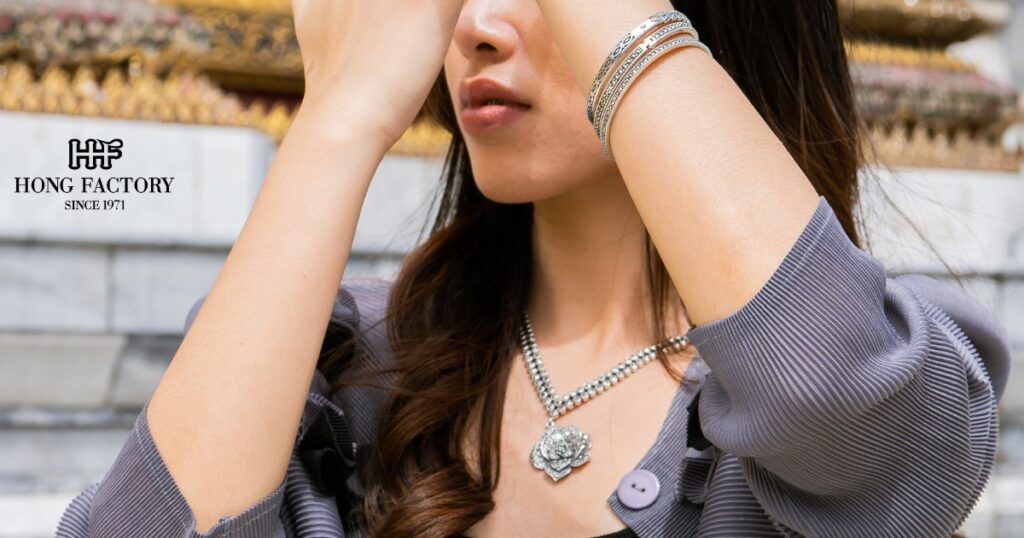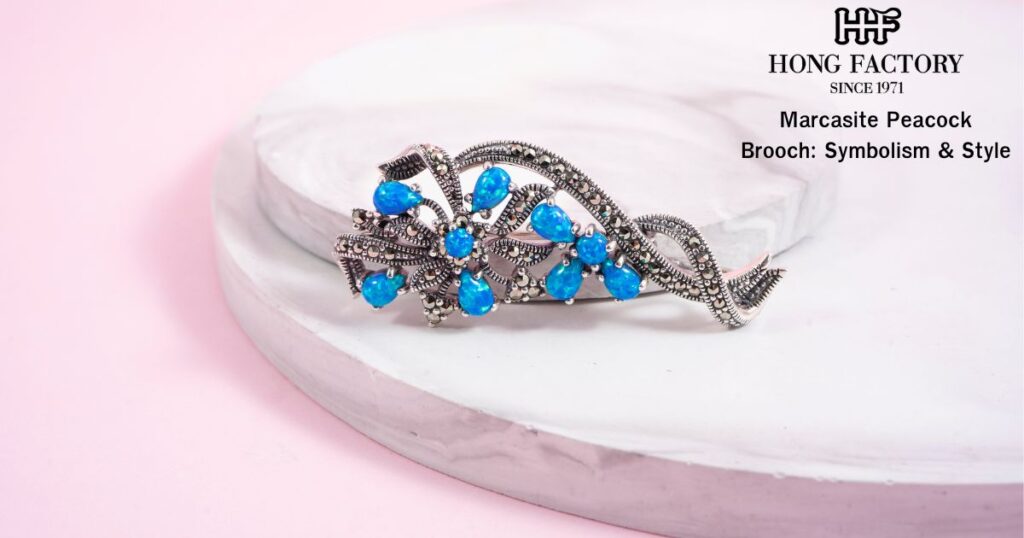
Jewelry has long been more than mere adornment; it is a powerful form of self-expression, laden with symbolism and cultural significance. The psychology of jewelry choices reveals intriguing insights about personality and personal style, offering a window into how individuals perceive themselves and how they wish to be perceived by others. This exploration into jewelry symbolism and fashion psychology uncovers the underlying psychological aspects that guide our adornment decisions.
Understanding Jewelry Symbolism
Jewelry symbolism plays a significant role in how we choose our pieces. Each item can carry a myriad of meanings, often deeply personal or rooted in cultural traditions. For example, a wedding ring universally symbolizes commitment and love, while a cross necklace may denote faith and spirituality. These symbols often convey values, beliefs, or relationships, offering insight into the wearer’s identity.
Consider the ways in which people use jewelry to commemorate milestones or express individual beliefs. Birthstones, for instance, are chosen for their connection to one’s birth month, adding layers of personal significance. Charm bracelets, laden with unique trinkets and amulets, can tell a story of personal achievements, aspirations, or cherished memories. The symbolic value of these pieces often takes precedence over their aesthetic appeal, showcasing the wearer’s innermost values and experiences.
The Intersection of Personal Style and Fashion Psychology
Jewelry is a key component of personal style, acting as a tangible extension of one’s personality and aesthetic preferences. The choices we make in accessories are guided by principles of fashion psychology, which explores how clothing and adornments affect perception and mood. Jewelry, like any fashion item, communicates aspects of who we are or aspire to be, influencing not only how others perceive us but also how we perceive ourselves.
Bold, statement pieces may reflect a confident, extroverted personality, signaling a desire to stand out and make an impression. In contrast, minimalistic designs might suggest a preference for simplicity and elegance, often associated with introversion or a focus on sophistication. The materials and colors we choose also speak volumes—gold can denote warmth and tradition, while silver might suggest modernity and coolness.
Our jewelry choices can also fluctuate with our moods and the social contexts we find ourselves in. During formal occasions, individuals might opt for classic pieces that convey elegance and poise. Conversely, a casual setting might inspire playful or whimsical choices that encourage self-expression and creativity. This adaptability highlights the dynamic nature of personal style, as well as the psychological motivations driving our fashion decisions.
Psychological Aspects of Jewelry Choices and Perception
The psychology behind jewelry choices taps into deep-seated human instincts and desires. At its core, wearing jewelry is an act of adornment, a practice that dates back to ancient civilizations where it was used to denote status, wealth, and power. Today, the motivations can be more nuanced, often reflecting a complex interplay of identity, emotion, and social influence.
Identity and Self-Expression
Jewelry serves as a canvas for self-expression, allowing individuals to project their identities in subtle or overt ways. The pieces we select often mirror our interests, backgrounds, and aspirations. For some, jewelry can become a trademark element of their identity—think of someone who always wears a distinct pair of earrings or a signature necklace. This habit not only reinforces a sense of self but also creates a recognizable personal brand.
Emotional and Sentimental Value
Many individuals choose jewelry that holds sentimental value, often passed down through generations or received as gifts. Such pieces carry emotional weight and are reminiscent of cherished relationships or moments. Wearing these items can evoke feelings of nostalgia and comfort, serving as tangible reminders of loved ones or significant life events.
Social Influence and Peers
Social dynamics also play a crucial role in influencing jewelry choices. Trends set by celebrities and influencers can sway public preferences, while peer groups might unconsciously dictate what is deemed fashionable or desirable. This social aspect of jewelry choice underscores the psychological need for belonging and acceptance within a community or cultural milieu.
Perception and First Impressions
Jewelry can significantly impact first impressions, shaping the way others perceive us. Accessories can signal various traits such as professionalism, creativity, or status, often within moments of meeting someone. This immediate perception plays into the broader realm of fashion psychology, where accessories are key in constructing personal narratives that align with social expectations or aspirations.
Crafting Your Jewelry Narrative
As we navigate the intersection of jewelry symbolism, personal style, and fashion psychology, it becomes clear that our choices in adornment are far from arbitrary. They are deliberate expressions of who we are and how we wish to be seen. Crafting your jewelry narrative involves understanding these psychological underpinnings and using them to articulate your authentic self.
Identifying Your Style
Begin by exploring the styles that naturally resonate with you. Consider what pieces you gravitate towards and why. Are you drawn to bold statement jewelry or understated, delicate designs? Recognizing these preferences can help you build a cohesive jewelry collection that aligns with your personality.
Embracing Symbolism
Reflect on the symbols that hold meaning in your life. Whether they are cultural motifs, spiritual tokens, or personal emblems, incorporating these elements into your jewelry can deepen the connection to your pieces. This practice not only enriches your personal style but also ensures that your jewelry is a true reflection of your individual story.
Staying True to Yourself
While trends can offer inspiration, staying true to your core aesthetics and values ensures authenticity in your jewelry choices. Let your individuality shine through, selecting pieces that resonate on a personal level rather than conforming to fleeting fashions.
Conclusion
The power of jewelry psychology lies in its ability to reveal the depths of our identities, desires, and social interactions. By understanding the symbolism, personal style, and fashion psychology that underpin our choices, we can navigate the world of adornment with intention and insight.
Jewelry is not merely an accessory; it is a medium of expression that articulates who we are and who we aspire to be. Embracing this perspective allows us to wear our pieces with newfound confidence and meaning, transforming jewelry from mere decoration into a narrative of self.


